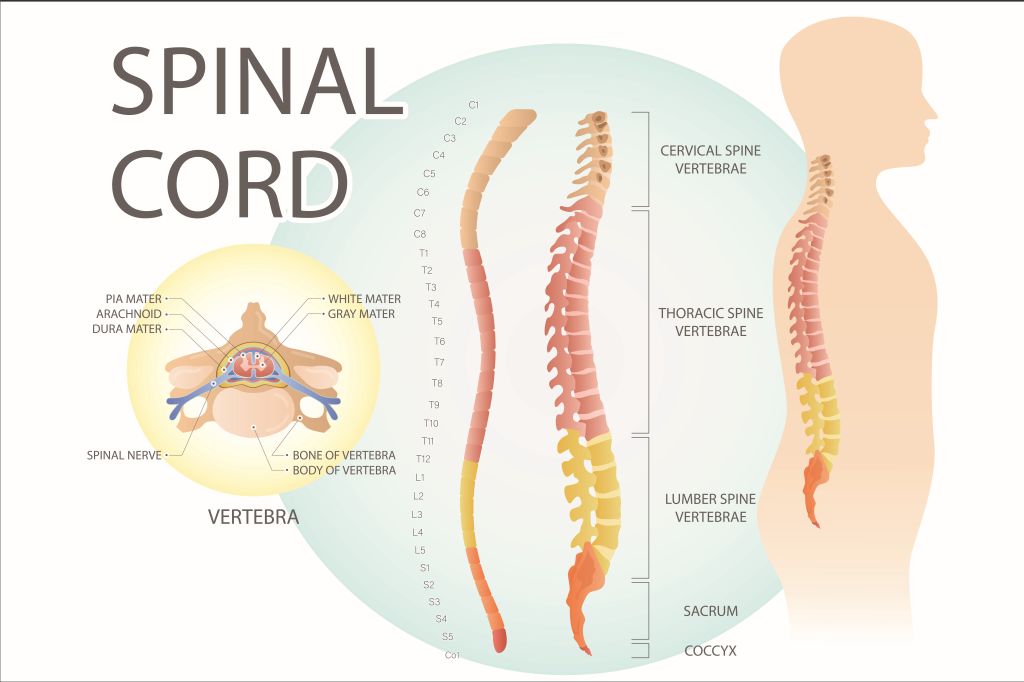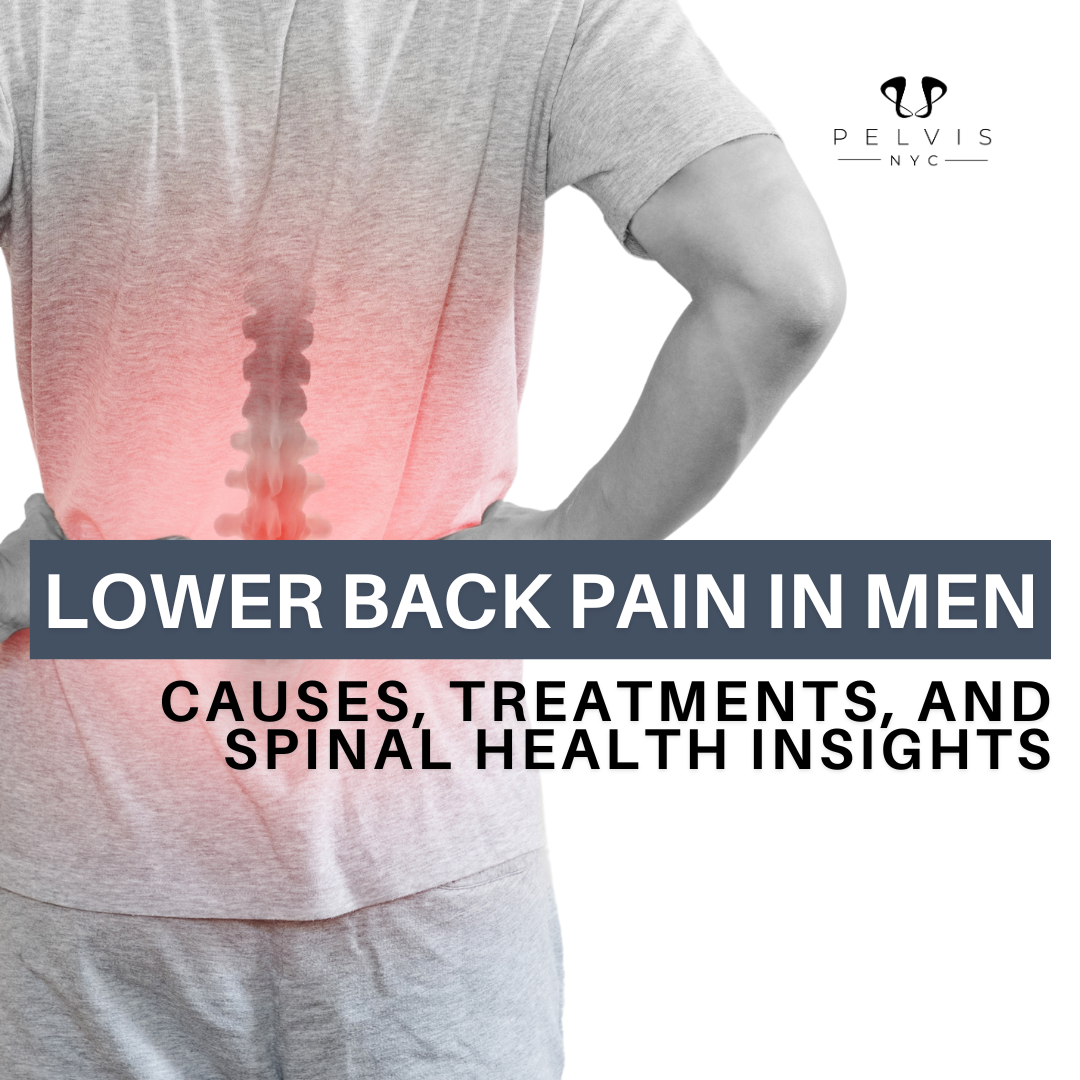Have you ever woken up with a dull ache in your lower back? Or maybe you’ve felt a sharp pain after lifting something heavy? You’re not alone. Lower back pain, particularly chronic lower back pain, is one of the most common issues men face. Chronic back pain, characterized by persistent discomfort, differs from acute pain, which is sudden and short-term. Chronic pain can significantly impact your daily life and work. But don’t worry—understanding what’s causing it and how to manage it can make a big difference in how you feel.
Understanding the Role of the Spinal Cord and Spinal Nerves

Before diving into the causes of lower back pain, it’s essential to understand the role of the spinal cord and spinal nerves. Your spinal cord is a critical part of your central nervous system, acting as the main pathway for messages between your brain and the rest of your body. It runs through the vertebral column, a series of bones (vertebrae) that protect the cord. Spinal nerves branch out from the spinal cord and extend to different parts of your body, controlling movements and sensations.
In the lower back, the lumbar spine houses the spinal cord and nerve roots that control leg movement and sensation. Any damage or pressure on these nerves can lead to pain, numbness, or weakness in your lower back and legs. Conditions like sciatica can lead to nerve pain, radiating from the lower back into the legs. Understanding this connection helps explain why conditions affecting the spine, like herniated discs or spinal stenosis, can cause significant lower back pain in men.
What Causes Chronic Lower Back Pain in Men?
Lower back pain can result from various factors, ranging from lifestyle choices to underlying medical conditions. Here’s a closer look at some common causes:
- Poor Posture: Slouching while sitting or standing puts extra pressure on your lower back. Over time, this can lead to muscle fatigue, strain, and pain.
- Muscle Strain: Lifting heavy objects or sudden movements can strain the muscles and ligaments in your back, leading to discomfort or injury.
- Herniated Disc: This occurs when one of the discs in your spine gets damaged, causing the soft inner material to bulge out and press on nearby nerves. Herniated discs can also affect the nerve root and spinal cord, leading to nerve compression and associated pain.
- Arthritis: As men age, the cartilage that cushions the joints can wear down, leading to arthritis in the spine. This wear and tear often results in chronic lower back pain.
- Spinal Stenosis: This condition causes a narrowing of the spaces within the lumbar spine, leading to pressure on the spinal cord and nerve roots. The result is often significant pain, numbness, or weakness in the lower back and legs.
- Sedentary Lifestyle: Not moving enough can weaken the muscles that support your back, making pain more likely. A lack of physical activity also contributes to weight gain, which adds extra stress to the lower back.
Most lower back pain resolves with simple self-care treatments.
How Can You Manage Lower Back Pain with Physical Therapy?
If you’re dealing with lower back pain, including chronic lower back pain, the good news is that there are several effective ways to manage it. Here’s how physical therapy can help:
- Stay Active: While it might be tempting to rest, staying active is crucial. Simple exercises like walking, swimming, or biking can help keep your back muscles strong and reduce stiffness.
- Stretch Regularly: Gentle stretching exercises, such as hamstring stretches or lower back rotations, can improve flexibility and reduce tension in your lower back.
- Watch Your Posture: Ensure you sit and stand up straight to avoid putting unnecessary strain on your lower back. Consider using ergonomic chairs or lumbar support pillows for added comfort.
- Strengthen Your Core: A strong core supports your spine and helps take some of the pressure off your lower back. Exercises like planks, bridges, and gentle yoga poses can strengthen your abdominal and back muscles.
- See a Physical Therapist: If your pain persists, a physical therapist can develop a personalized treatment plan tailored to your needs. Physical therapy is especially important for managing chronic low back pain, as it helps improve mobility, reduce discomfort, and prevent future injuries.
- Other Treatments: If conservative treatments aren’t effective, other options, like medication, injections, or, in severe cases, surgery, may be considered. Always consult with a healthcare professional before pursuing these options.
When Should You See a Doctor for Severe Pain?
While most lower back pain improves with time and self-care, certain symptoms may indicate a more serious issue. If you experience severe back pain that lasts for more than a few weeks or is accompanied by symptoms like numbness, tingling, or weakness in your legs, it’s crucial to seek professional help. These could be signs of nerve compression or other spinal conditions that require professional evaluation. Additionally, if your pain worsens with certain activities or weather changes, a healthcare provider can help determine the underlying cause and recommend appropriate treatment.
Conclusion: Taking Control of Your Lower Back Pain in Men
Lower back pain in men is common, but it’s something you can manage with the right approach. By understanding the causes, recognizing risk factors, and taking proactive steps to strengthen your back and improve your posture, you can reduce your pain and get back to doing the things you love.
Remember, your lower back is like the foundation of a house—it needs to be strong and well-maintained to support the weight and mobility of your upper body. So take care of it, and it will take care of you!
Ready to take control of your lower back pain? Visit Pelvis NYC to learn more about how our specialized physical therapy services can help you manage and overcome lower back pain. Our expert team is here to guide you on your journey to a pain-free life.
Related Blog: How to Heal Lower Back Pain Fast with Physical Therapy

